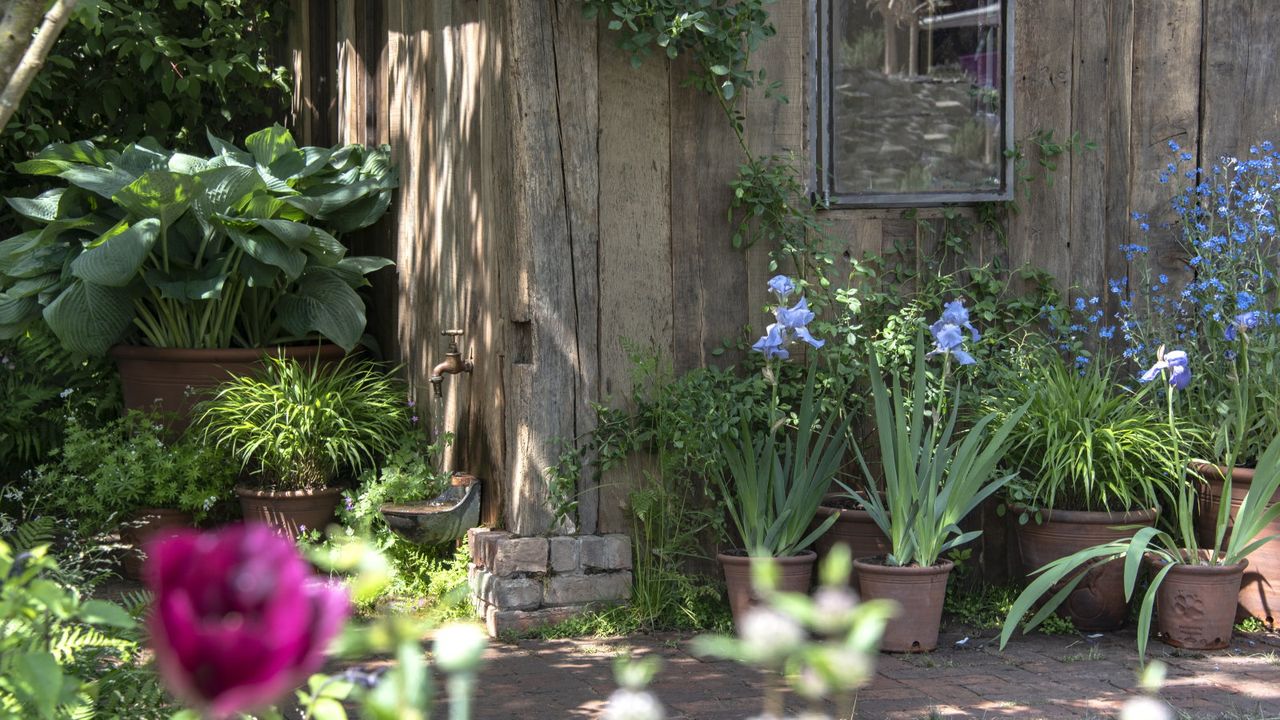URGENT UPDATE: As fall approaches, gardening experts are raising alarms about five common plants that may be attracting rats into your garden. With rodent populations surging in urban and rural areas alike, it’s critical to understand which plants could be luring these pests into your space, and what alternatives you can plant to keep them at bay.
According to gardening authorities, certain fruits, vegetables, and even ornamental plants can serve as magnets for rats, especially during the lean winter months when food sources dwindle. Experts urge gardeners to take immediate action to prevent infestations.
1. Tulips are a beloved spring bulb, but they are also a prime target for rats. Ondrea Kidd, owner of Sowing Joy Farm, states that “rats can smell the bulbs in the ground,” making them easy prey. She suggests replacing tulips with daffodils, grape hyacinth, or fritillaria—all of which deter rodents while providing vibrant blooms.
2. Fruit Trees are another attractive option for rats. Sweet varieties like apples, pears, and peaches provide a steady food source, making your garden a rat haven. Instead, garden designer Elizabeth Waddington recommends opting for tart fruits like Montmorency cherries or cooking apples, which are less appealing to rodents. Keeping your fruit trees well-spaced and cleaning up fallen produce can significantly reduce rat visits.
3. Nut Trees also draw rats due to their high-calorie content. As nuts ripen in late summer and fall, their allure increases. Waddington advises promptly harvesting nuts and managing fallen ones. For an alternative, consider planting flowering dogwoods or hawthorns, which attract birds but not rodents.
4. Sweet Vegetables like corn and pumpkins can be targets as well. To mitigate risk, grow less sweet varieties, or protect them in greenhouses. Waddington suggests using aromatic herbs such as lavender and mint as companion plants to deter rats.
5. Bamboo may surprise many as a rat attractor. Its dense structure offers shelter, while its seeds and tender shoots provide food. Instead of bamboo, experts recommend planting dogwoods or flavorful perennials like peonies and astilbe to enhance your garden’s appeal while keeping rats away.
As the gardening community gears up for the fall season, it is essential to remain vigilant. Take action now to protect your garden from these unwelcome visitors. The implications of a rat infestation can range from loss of crops to potential health risks for your family and pets.
By swapping out these enticing plants for alternatives that repel rodents, you can enjoy a flourishing garden free from the threat of rats. Don’t wait—act now to safeguard your green space!
